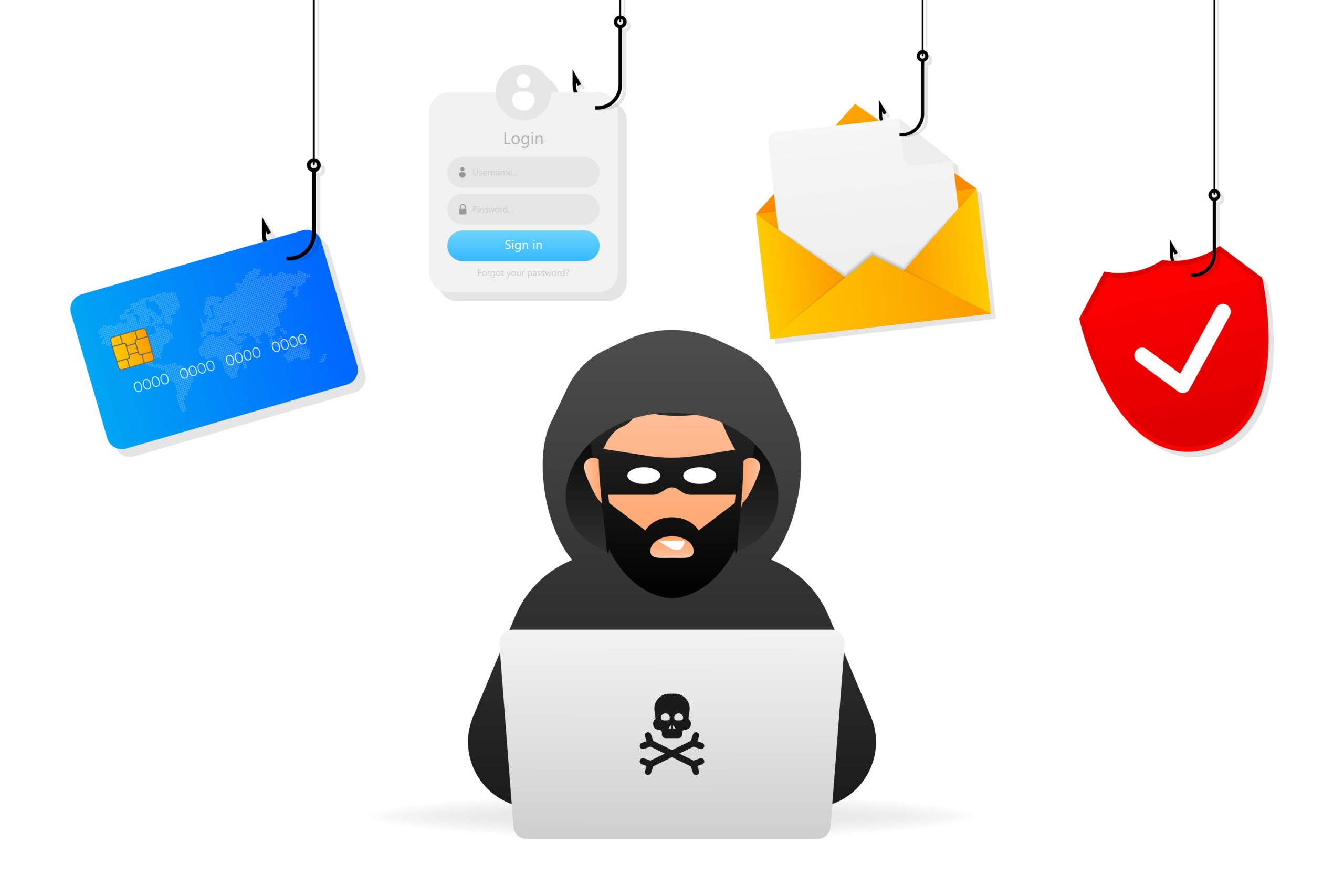What is credential phishing
Credential phishing is a type of cyber attack that involves tricking individuals into providing their login credentials, such as usernames and passwords, to unauthorized third parties. This is typically done through deceptive methods, such as fraudulent emails, websites, or messages that appear to be from a legitimate source, such as a trusted organization or service.
The goal of credential phishing is to gain unauthorized access to sensitive information, such as personal or financial data, by exploiting individuals’ trust and willingness to provide their login credentials. Once the attackers have obtained these credentials, they can use them to access the victims’ accounts, steal information, conduct fraudulent activities, or even launch further attacks. Despite increasingly sophisticated phishing filters created to defeat these schemes, credential phishing is a growing problem.
Credential phishing techniques
There are various techniques used in credential phishing attacks. One common method is email phishing, where individuals receive emails that appear to be from a reputable organization, such as a bank or online service provider, requesting them to verify their account information or reset their password. These emails often contain links to malicious websites that mimic the legitimate ones, tricking users into entering their login credentials, which are then captured by the attackers.
Another technique is known as spear phishing, which is a more targeted approach. In spear phishing attacks, the attackers gather information about their victims, such as their job title, company, or interests, and then customize their phishing messages to appear more genuine and relevant to the recipients. This digital manipulation increases the likelihood of victims falling for the scam and providing their user credentials.
Credential phishing attacks can have severe consequences for both individuals and organizations. Stolen credentials can be used to gain access to critical data, leading to financial loss, identity theft, and reputational damage. For organizations, credential phishing attacks can result in data breaches, regulatory violations, and legal consequences.
Defending against credential phishing attacks
To protect against credential phishing attacks, it is important for individuals and organizations to be aware of the signs of phishing and take preventive measures. Here are some best practices to follow:
1. Be cautious of unsolicited emails: Be skeptical of emails that ask for your login credentials or personal details. Legitimate organizations usually do not request such information via email.
2. Verify the source: Before entering your login credentials on a website, ensure that the website is legitimate. Check for secure connections (https://), valid SSL certificates, and familiar domain names.
3. Keep software up to date: Regularly update your operating system, web browsers, and security software to protect against known vulnerabilities.
4. Use strong, unique passwords: Choose passwords that are long, complex, and difficult to guess. Avoid using the same password for multiple accounts.
5. Enable multi-factor authentication (MFA): MFA adds an extra layer of security by requiring additional verification, such as a code sent to your phone, in addition to your login credentials.
6. Educate employees: Organizations should provide training on phishing awareness and best practices to their employees. This includes teaching them how to identify phishing emails, what to do if they encounter one, and how to report suspicious activity.
7. Implement email filters and spam detection:Implementing email filters and spam detection can help identify and block phishing emails before they reach users’ inboxes.
8. Regularly backup data: Regularly backing up important data can help mitigate the impact of a credential phishing attack. In the event of a successful attack, organizations can restore their data from a backup and minimize data loss.
9. Conduct phishing simulations: Organizations can conduct phishing simulations to test the awareness and response of their employees. This can help identify areas of improvement and provide targeted training.
10. Stay informed: Stay up to date on the latest phishing techniques and trends. Cyber criminals are constantly evolving their tactics, so it is important to stay informed and adapt security measures accordingly.
Conclusion
By following these best practices, individuals and organizations can significantly reduce their risk of falling victim to credential phishing attacks. Implementing a multi-layered approach that combines technology, employee education, and regular security updates is crucial in protecting against this growing threat. Bolster is an example of a platform that proactively monitors for potential threats and provides options for neutralizing those threats. Request a demo with us today to start protecting your business. Remember, the best defense against credential phishing is prevention.






